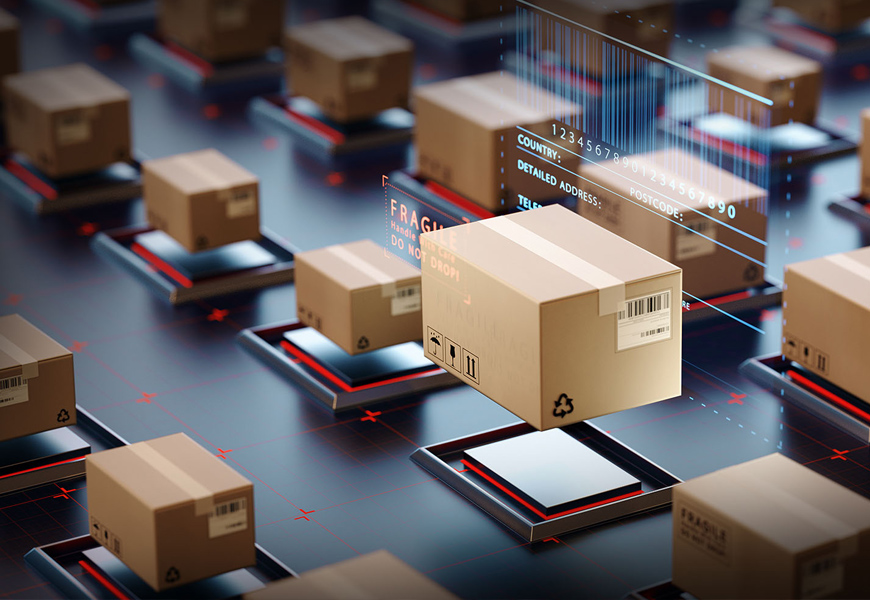
In today’s fast-paced digital economy, customer expectations around delivery are higher than ever. The “last mile” – the final leg of the delivery journey from a distribution hub to the customer’s doorstep – has become a critical component of the logistics process. Not only is it the most visible part of the delivery chain, but it is also often the most expensive and complex. Optimizing your last-mile strategy can significantly enhance customer satisfaction, reduce costs, and improve operational efficiency.
Here are key ways to improve your last-mile strategy:
1. Leverage Advanced Route Optimization Tools
One of the biggest challenges in last-mile delivery is navigating urban congestion, variable traffic conditions, and multiple delivery points. Route optimization software uses real-time data, historical traffic patterns, and delivery time windows to plan the most efficient routes. This can lead to:
Reduced fuel consumption
Faster delivery times
Lower labor costs
AI-driven platforms can dynamically adjust routes mid-day to avoid delays and improve productivity.
2. Utilize Local Fulfillment Centers and Micro-Warehousing
Shortening the distance between your product and your customer is a powerful way to improve last-mile performance. Setting up micro-fulfillment centers closer to dense urban areas or high-demand regions reduces transit times and enables same-day or even one-hour deliveries. Partnering with local third-party logistics providers (3PLs) can also be a cost-effective way to extend your reach.
3. Invest in Real-Time Tracking and Visibility
Customers now expect transparency throughout the delivery process. Real-time tracking allows customers to monitor their order status from dispatch to arrival. It also empowers support teams to proactively handle issues and reduce customer complaints. Internally, enhanced visibility into the supply chain allows for better decision-making and performance monitoring.
4. Offer Flexible Delivery Options
Not all customers want the same thing. Offering flexible options—like scheduled delivery times, delivery lockers, curbside pickup, or “click and collect”—can increase satisfaction while reducing failed delivery attempts. This not only improves the customer experience but also reduces the cost of redelivery.
5. Enable Contactless and Sustainable Delivery
In the post-pandemic world, contactless delivery has become a norm. Investing in digital proof of delivery (like photos or e-signatures) ensures safety and accountability. Additionally, adopting electric vehicles, bike couriers, or route bundling helps reduce carbon emissions, aligning with the growing demand for green logistics.
6. Enhance Communication with Customers
Keeping customers informed is crucial. Automated SMS or app notifications about estimated arrival times, driver contact info, or any delays go a long way in building trust. Personalized delivery updates create a more engaging and reassuring experience for the end-user.
7. Measure and Optimize Key Metrics
To improve anything, you must first measure it. Track key performance indicators (KPIs) such as:
On-time delivery rate
Cost per delivery
First-attempt delivery success
Customer satisfaction scores (CSAT)
Analyzing these metrics will help you identify bottlenecks and continuously refine your last-mile strategy.
8. Use Smart Delivery Management Systems
A robust delivery management platform can help orchestrate the entire last-mile process from order placement to final handoff. Look for systems that integrate with your existing tech stack, support driver apps, handle real-time tracking, and offer analytics dashboards.
9. Train and Empower Your Delivery Personnel
Drivers are the face of your brand during the last-mile phase. Invest in training programs that emphasize efficiency, safety, and customer service. Equip them with the right tools—mobile apps, scanners, GPS, and clear SOPs—to ensure smooth operations.
10. Explore Automation and Drones
While still emerging, autonomous delivery vehicles, drones, and robotics are gaining traction. These technologies can reduce human error, lower delivery costs, and enhance service in hard-to-reach areas. Early adoption or experimentation may offer a competitive advantage in the near future.
Conclusion
Improving your last-mile strategy isn’t just about speed—it’s about building a smarter, more customer-centric delivery system. By embracing technology, enhancing communication, and optimizing operations, logistics providers can turn the last mile from a challenge into a competitive edge. The key lies in flexibility, data-driven decisions, and a relentless focus on the customer experience.



